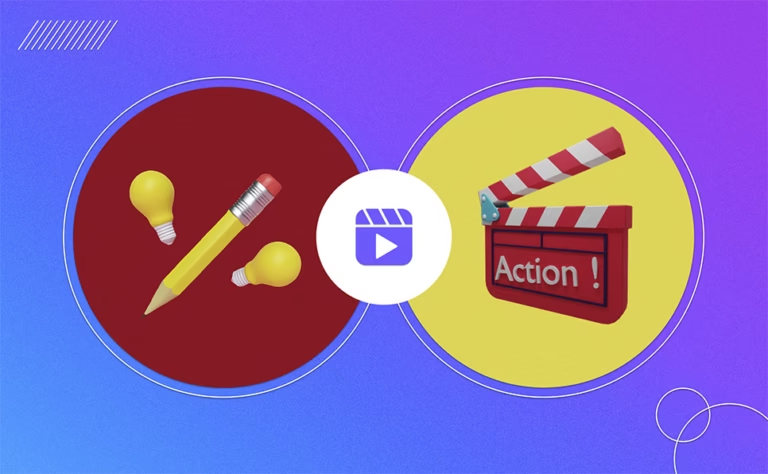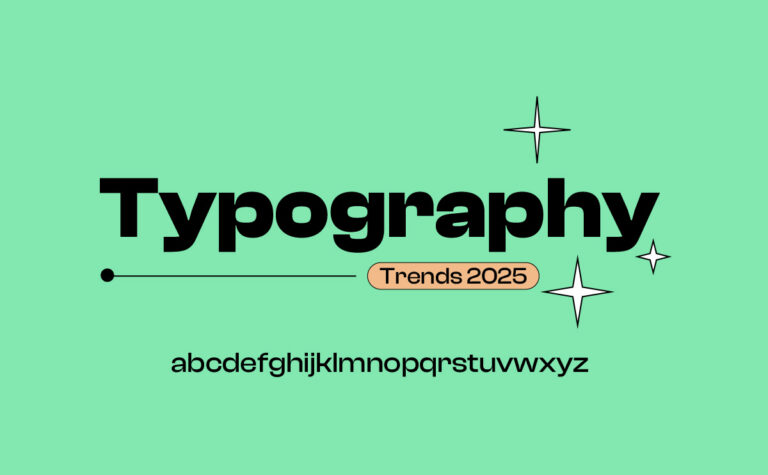
Continuing the exploration from our previous article, Designer Community Insights: 6 Powerful Takeaways in 2025, where we uncovered essential design skills, storytelling strategies, and project challenges, this next instalment dives deeper into what designers rely on daily.
Every designer’s journey is unique, yet common threads emerge in the tools they use, the skills they develop, and the challenges they navigate. To better understand these aspects, FiveElements conducted five LinkedIn polls, capturing fresh insights from hundreds of design professionals. Here’s an in-depth look at what the design community relies on—and what it means for creatives today.
Designer Community Insights: The Most Relied Upon Design Tools, with Illustrator Leading the Pack
When asked about the design tool they rely on most in daily work, a decisive 56% of the community chose Adobe Illustrator. This figure underscores Illustrator’s enduring significance, particularly for vector-based work, logo creation, and detailed graphic design. Meanwhile, Photoshop remains a strong contender at 27%, favored for pixel-based editing and versatile creative projects.
Emerging tools like Figma received 13% of votes, reflecting growing interest in collaborative, cloud-based platforms. Canva, with 5%, is commonly appreciated for quick, accessible designs but is less dominant among professional users.
Community comments revealed that many designers complement their workflows with software like InDesign for layout and publishing, or Affinity Designer for budget-friendly alternatives, showing the value of versatility. The playful banter around Canva’s role reminds us that while preferences vary, the design world thrives on a blend of tools tailored to the project.
The First Step in New Projects: Understanding the Brief is Key
Starting a new project can take many forms, but clear consensus emerged from the poll: 70% focus first on understanding the brief. This reflects the professional maturity of designers who recognize that a thorough grasp of project goals, client expectations, and constraints ensures the right creative direction from the outset.
Only 24% prioritize research and inspiration as their initial focus, emphasizing that while creative input is vital, it must anchor in a solid understanding of the project’s purpose. A mere 3% jump straight into wireframing or design execution, suggesting that rushing without clarity often leads to inefficiencies or misaligned work.
This emphasis on the brief highlights the importance of communication and strategy in creative processes—lessons valuable to new and seasoned designers alike.
Biggest Challenges in Design Today: Creativity and Adaptation Take Center Stage
Designers face a complex landscape where staying inspired and mastering new tools are ongoing struggles. Our poll found that 32% identify staying creative amid pressures and deadlines as their biggest challenge. Closely behind, 30% struggle to keep up with new tools, reflecting how rapidly the design tech landscape evolves.
Tight deadlines and client feedback each accounted for 19% of responses. These challenges, while less prevalent than creative and technical hurdles, still significantly impact workflows and require refined project management and communication skills.
Designers must constantly juggle innovation, time management, and client relations, all while adapting to a shifting digital environment—a testament to the resilience required in the profession.
Best Advice for New Designers: Lifelong Learning and Openness to Feedback
For those starting out, the design community overwhelmingly advocates continuous learning, with 42% of votes. This advice echoes the reality that design trends, tools, and standards evolve continuously, and staying curious is essential for growth.
Next, not fearing feedback ranked at 32%, which underscores the importance of humility and receptiveness in developing strong, refined work. Constructive criticism may be daunting but is invaluable for improvement.
Building a strong portfolio (10%) and mastering the basics (16%) remain fundamental, but the community’s priorities suggest a mindset focused on adaptability and growth over technical checklists for newcomers.
Core Skills Shaping Design Careers: The Power of Layout and Composition
When reflecting on their career-defining skills, the design community identifies layout and composition as the most influential, earning 58% of votes. This skill is foundational—organizing visual elements harmoniously impacts communication effectiveness and viewer engagement, as highlighted in these designer community insights.
The next most impactful skill was storytelling through visuals at 27%, emphasizing that beyond arrangement, the narrative quality of designs is critical.
Other pillars such as typography mastery (10%) and color psychology (5%), while essential, were seen more as complementary rather than dominant career-shaping skills. This ranking indicates that understanding how to compose and convey ideas visually forms the core of lasting creative success.
What Designer Community Insights Mean for Designers and FiveElements Readers
Together, these Designer Community Insights paint a clear picture: strong fundamentals—especially layout, composition, and brief comprehension—are crucial cornerstones of successful design. Equally, nurturing creativity and adaptability with evolving tools and feedback ensures designers meet modern demands.
For FiveElements readers, these Designer Community Insights provide direction for skill development, project approach, and career growth. They reaffirm that design mastery blends timeless principles with continuous learning and openness.
You may also like:
- Graphic Design Career in India: How to Get Started in 2025
- Graphic Design Career in India: Top 10 Institutes and Online Courses to Kickstart in 2025
- How to Land High-Paying Design Clients from India (2025)
- Designer Community Insights: 6 Polls That Reveal the Truth
- Creative Professional in 2025: Why This is the Best Year for Your Career





